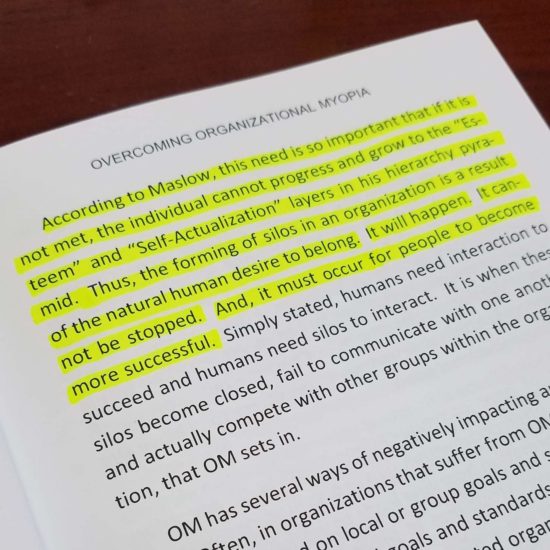I love this example of how organizational myopia takes hold within silos.
Everyone thinks it’s the ‘silo’ at fault, but there are deeper issues at work…
Learn how to identify and deal with these issues and more in Overcoming Organizational Myopia.
Need help identifying what’s going on, engage Crosscutter Enterprises — we have 30 years’ experience detecting and solving these issues.


